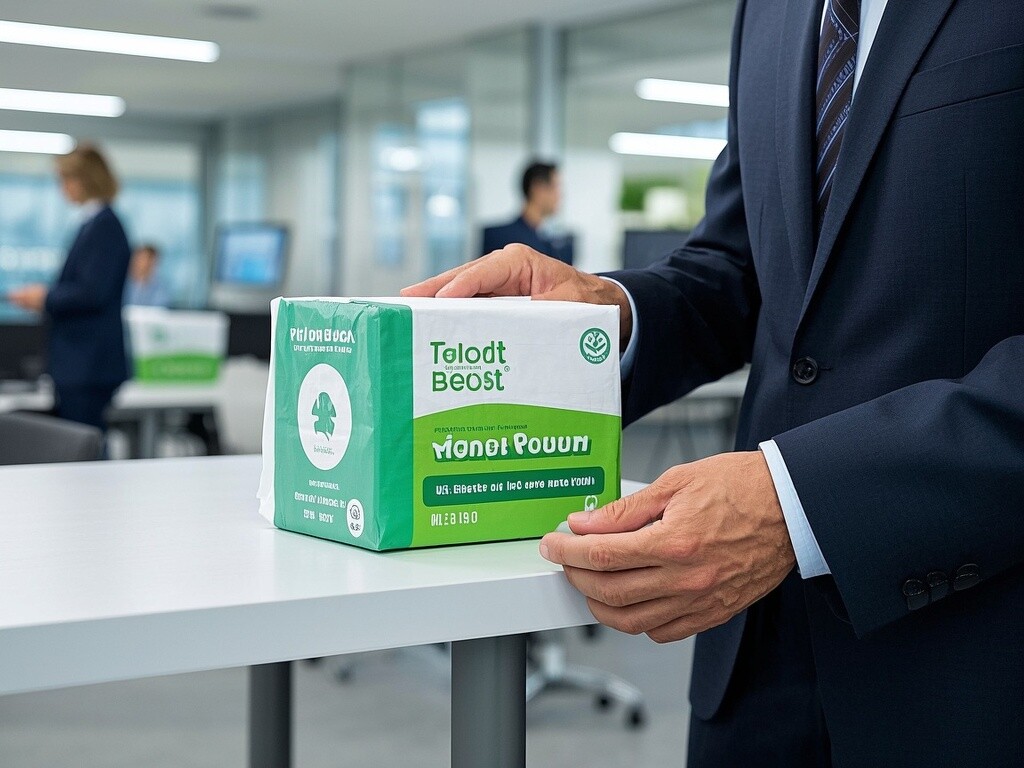News
Jolene

RELATED POSTS
MESSAGE

1. Try to choose products from large enterprises and well-known brands. The toilet paper manufacturer introduces that the production process of the production equipment is strictly managed, and the raw materials used are of good quality and stable quality. Although the prices of these companies' products may be relatively expensive, they are hygienic, comfortable and safe to use.
2. Look at the raw materials. At present, the raw materials for toilet paper are complex, including wood pulp, bamboo pulp, straw pulp, recycled pulp, etc. The production raw materials are generally indicated on the product packaging. If the raw material is virgin wood pulp or log pulp, the content is high, and the quality of pure wood pulp toilet paper is usually better. Good toilet paper feels good, feels soft and smooth, and can feel tough when pulled, and is not easy to tear. Poor toilet paper feels rough, and it is easy to lose powder and paper hair after rubbing, and it is easy to break.
3. Look at the logo and check the packaging. Product identification is an important way to understand product quality information. The content of product identification should include: product name, implementation standard number, main raw materials, production date and shelf life or production batch number and expiration date, product specifications and quantity, product quality grade and qualified mark, name, address, contact information of the production unit or responsible unit, and toilet paper should be marked with the words "toilet use", etc.
4. Check the packaging of the product. The packaging of the product should be sealed intact to prevent the product from being exposed and contaminated. Don't pursue high whiteness excessively. Pure wood pulp papermaking has no additives and the color should be natural ivory white. This whiteness is natural white, which looks pleasing to the eye, not very clean and dazzling.
5. Consumers usually mistakenly believe that the higher the whiteness, the cleaner the product. In fact, toilet paper is not the whiter the better. In order to improve the whiteness of the product, some manufacturers add excessive fluorescent brighteners. The surface of such products looks unnaturally white and the color is not soft. Don't buy them. In order to save resources and protect the environment, and ensure personal health and safety, consumers are encouraged not to excessively pursue high whiteness toilet paper.
6. Do not use toilet paper as tissue paper. The wet strength of toilet paper is lower than that of tissue paper. If it is used as tissue paper to wipe lips after meals or face after washing, it is easy to disintegrate. Not only can it not have a cleaning effect, but it will also stick paper hair and paper scraps to the skin. The hygiene index requirements of toilet paper are not as strict as those of tissue paper.
7. The hygiene indexes of toilet paper include total bacterial colony count, coliform group, Staphylococcus aureus, and hemolytic streptococcus. Compared with tissue paper, it lacks the indicators of total fungal colony count and Pseudomonas aeruginosa, and the standard requirements for the total bacterial colony count are also relatively low. The total bacterial colony count of tissue paper is required to be ≤200CFU/g; the total bacterial colony count of toilet paper is required to be only ≤600CFU/g.
Please give us a message
Please give us a message
